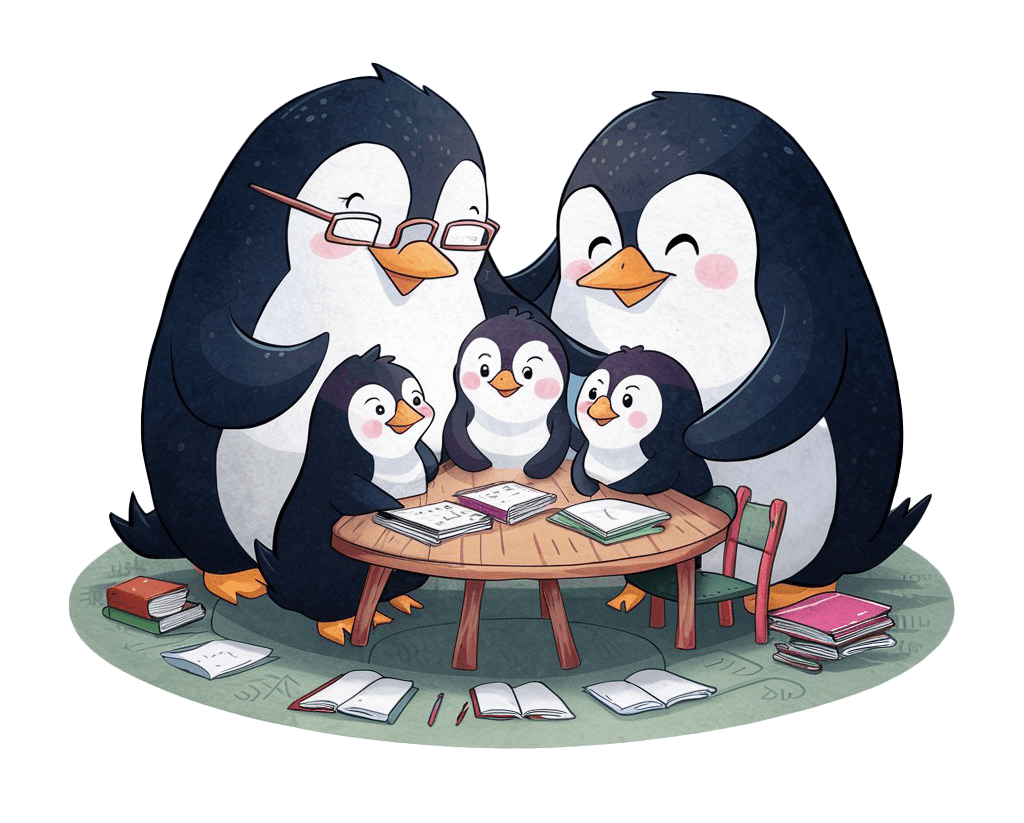Reading is magic and children love magic. All we have to do is show them how to access the magic inside a book and enable them to access that magic themselves. Teach them to read and guide them toward books they’ll want to read themselves.
Reading with Toddlers
At toddler stage, the child is not reading – they’re listening – but the extra exposure to words, and a vocabulary that varies from daily language usage, helps with cognitive development that can make learning to read easier. Reading with toddlers is a simple way to entertain them, models the behaviour of reading for pleasure and introduces them to the joy to be found in books.
- Read books with extensive vocabulary and fun stories
- Read books that encourage them to use their imagination
- Read books that explain their world and books that expand their world
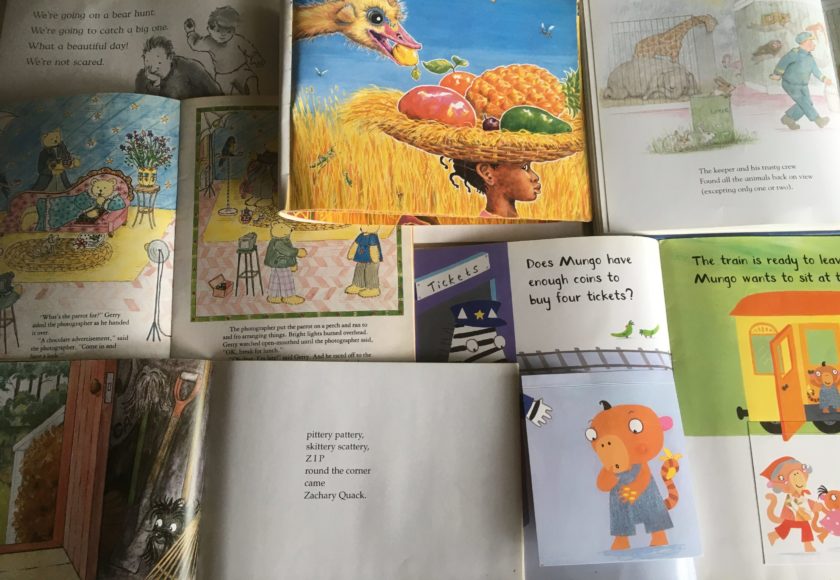
Good books for toddlers have stories that capture imaginations, pictures that draw the reader back and make words sound exciting. Reading the same books again and again and again, toddlers will repeat back phrases, play with the sounds of words and explain what happens next in the story. They are becoming literate.
Reading with Children Learning to Read
“Reading should not be presented to children as a chore, a duty. It should be offered as a gift.“
The author Kate DiCamillo (The Tale of Despereaux / Flora and Ulysses)
One of the bonuses of home-ed is the freedom to read any books. There is no guided reader programme learners must follow and no achievement level they need reach by a certain year group – home-ed lets students learn at their own pace. Reading is just a pleasurable activity not a test or competition.
- Read books with simple words and repetition; and books they know by heart.
Learning to read from books they already know can relax the process for learners because they have only to connect the sounds in their heads to the words on the paper (rather than work out the sounds, make the sounds into words and then say those words out loud).
Books that children enjoy as toddlers can be repurposed as books that they can read themselves when learning to read (knowing the book makes it less daunting to try and read), and are books they’ll be happy to share.
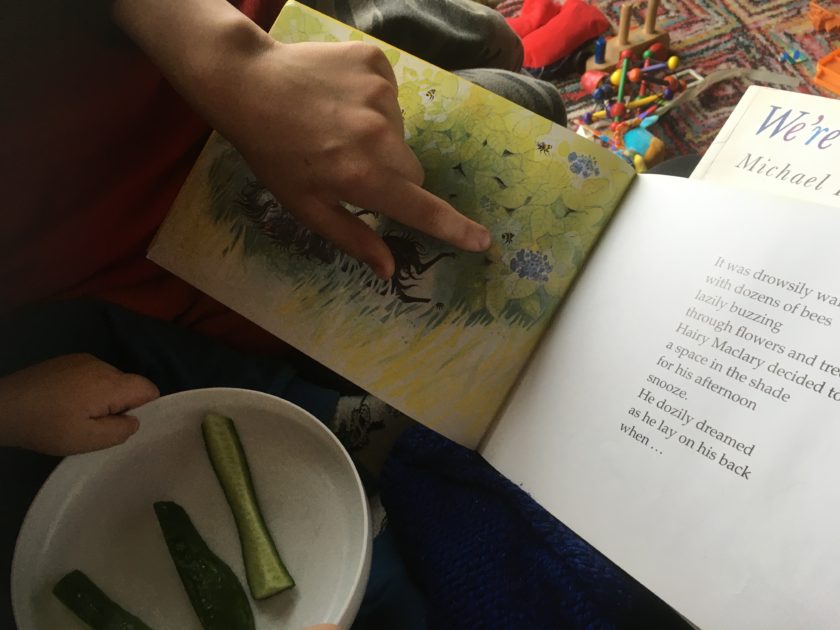
- Read books that are funny

Humour is a classroom’s friend and books that are funny to read – the sounds the words make, the illustrations or the story itself – engage children and relax them. The more relaxed the learner, the better they learn.

- Read beautiful books
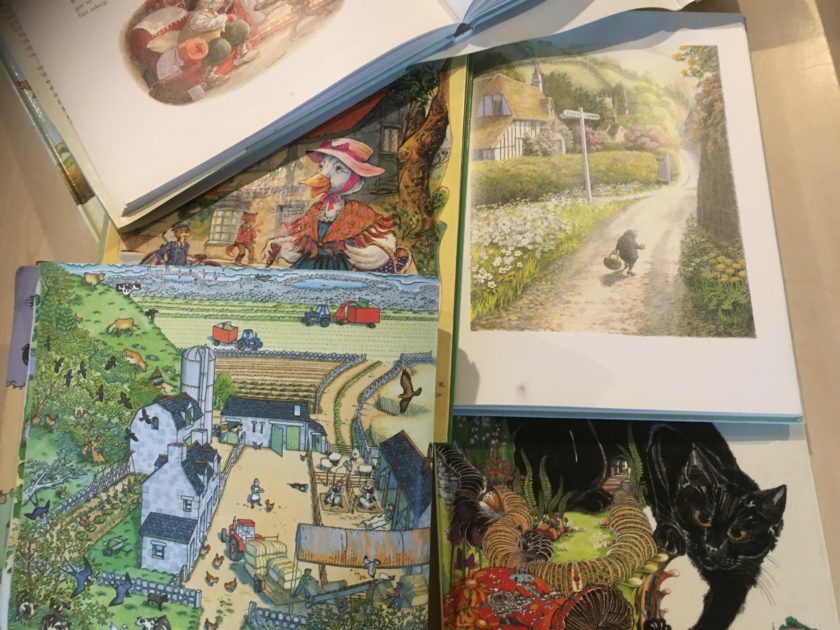
Books with beautiful pictures become reading books that aren’t read purely for the words. While ‘reading’ with children, encourage them to stop reading the words and talk about the pictures – describe the pictures, use vocabulary from the story to connect the picture and the words.
Reading with New Readers
Once a child has learnt to read they can spend more time reading independently but it’s important to keep reading with them – to push them out of their comfort zone to ensure they continue to improve the skill of reading, to correct pronunciation of new words they come across and to encourage them to want to read!
Again…read classic books and funny books, interesting books and books that teach about the world and society.
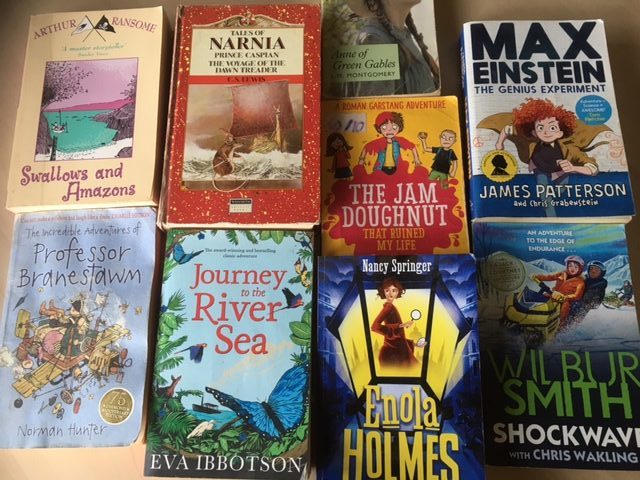
Read books that interest the reader!
The beauty of home educating means that while you can use graded readers, you don’t have to. Reading books like The Owl who was Afraid of the Dark, the Noisy Village collection, the How to Train Your Dragon series or Dr Seuss classics like The Lorax or Horton Hears a Who, teach as much vocabulary and offer as much reading practice as guided reading books – but the stories are much more fun!
If you have access to a public library, regular trips to pick out new books is a great way to let learners explore works by different authors; if you don’t, using an ebook app lets readers sample chapters of books before buying them – a great way to explore different genres of writing.
Read books they can come back to again and again
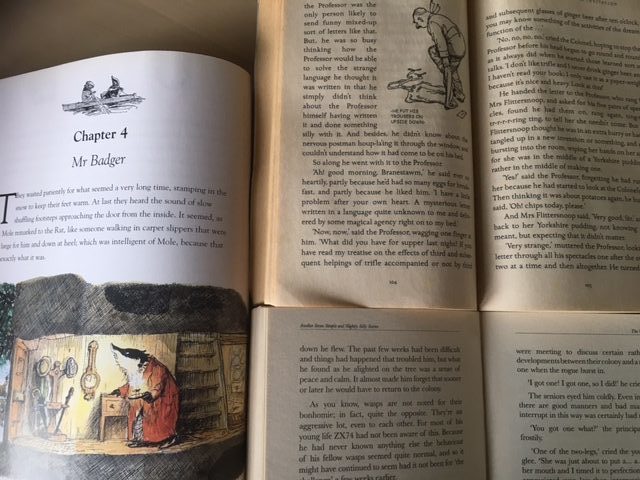
I believe in buying books that can be read and appreciated differently with each reading. The Wind in the Willows or The Chronicles of Narnia are great examples of this type of book – books that thrill a child and delight an adult. Buying books that can be read by new readers (for independent reading practice or as a homeschool read-aloud), used as a lesson resource for older homeschoolers or read with nostalgia and pleasure by teens is a great investment in a homeschool. The Harry Potter series is, of course, another great example of this type of book.
Read books that ask and answer questions

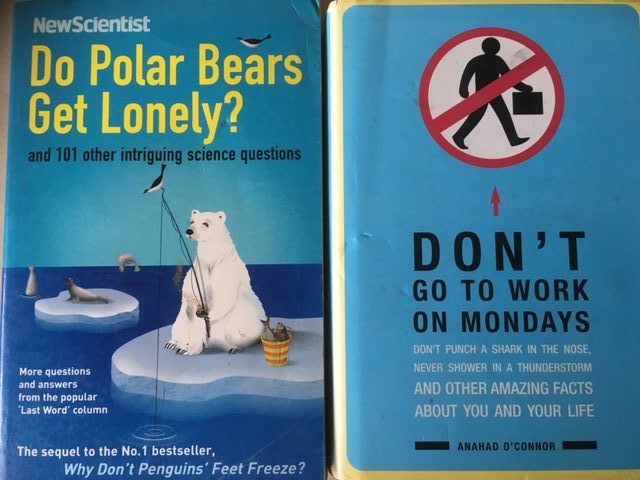
Science-based books are great for this and are a passive learning activity – always a bonus in home-ed.
Reading books that are intended to give information can take the pressure off new readers because the object of reading becomes not reading for reading’s sake, but to answer a question. The actual act of reading is simply how they get to that answer.
(N.B. If using books like these, it’s a good idea to check the content first because not all questions/answers will be appropriate for all readers.)
Make Time to Read and Make Reading Special
Scheduling reading time into a homeschool day is important to make reading a habitual practice. During independent reading time, let homeschoolers choose what and where they read – set out blankets to snuggle under, make a pot of tea or take books to the park and sunbathe. The more pleasure children get from the act of reading, the easier the practice of it becomes. Daily reading aloud is an excellent way to include reading in a homeschool day and creates positive memories between reading and connection with you as a parent.
- Introduce classical literature
Once a home learner is a confident reader you can introduce classic books that are harder to read than those written specifically for modern-day children. The phrase ‘classical literature’ sounds a bit intimidating but the only difference really between reading a modern book and a classic is the vocabulary and usage of language – children learning to read are anyway learning new vocabulary and language usage!
Books by Dickens and Arthur Conan Doyle, The Phantom Toll Booth (a fantastic book for vocabulary and using for spin off lessons), The Sword in the Stone; books by Madeleine L’Engle (especially A Wrinkle in Time), Lewis Carroll, Roald Dahl and Tolkien are all great choices to push new readers to choose to read more complex language for the pleasure the story brings.
- Read widely
Reading time doesn’t have to mean simply reading books. Assigning readings from newspapers, magazines (Zinio is good) or articles from websites is practice reading a different style of writing and just as beneficial as reading a book. For homeschoolers who are less inclined to pick up a book just for fun, this can be a good way to encourage them to independently read more -following the interest in the topic or subject of the assigned reading. Keep any interesting paper or digital based pieces that could be used in this way in a grab-and-go lesson folder and let homeschoolers choose their own reading as they would a book.
N.B: The above links are not affiliate links. I’m passionate about access to books, and ethical shopping is important to our family.
The above links take you to World of Books, a company selling excellent-condition second-hand books, that offer free UK delivery, making it even cheaper to stock a home library.
